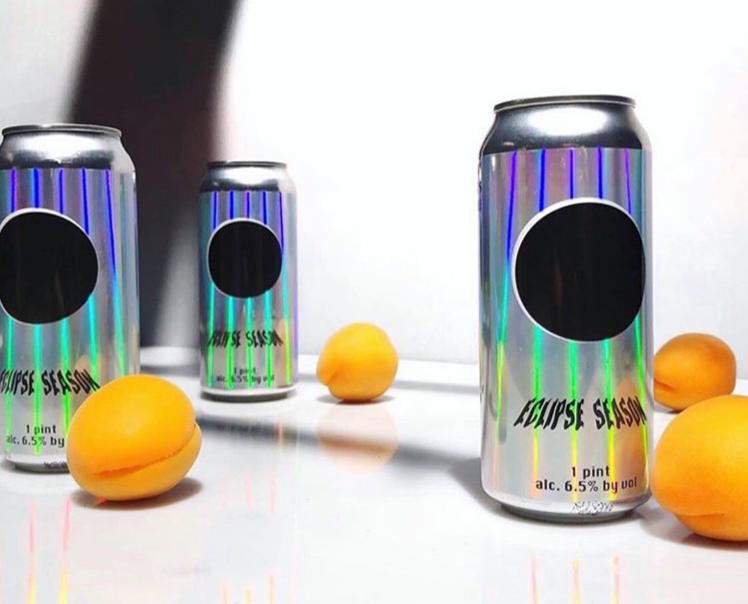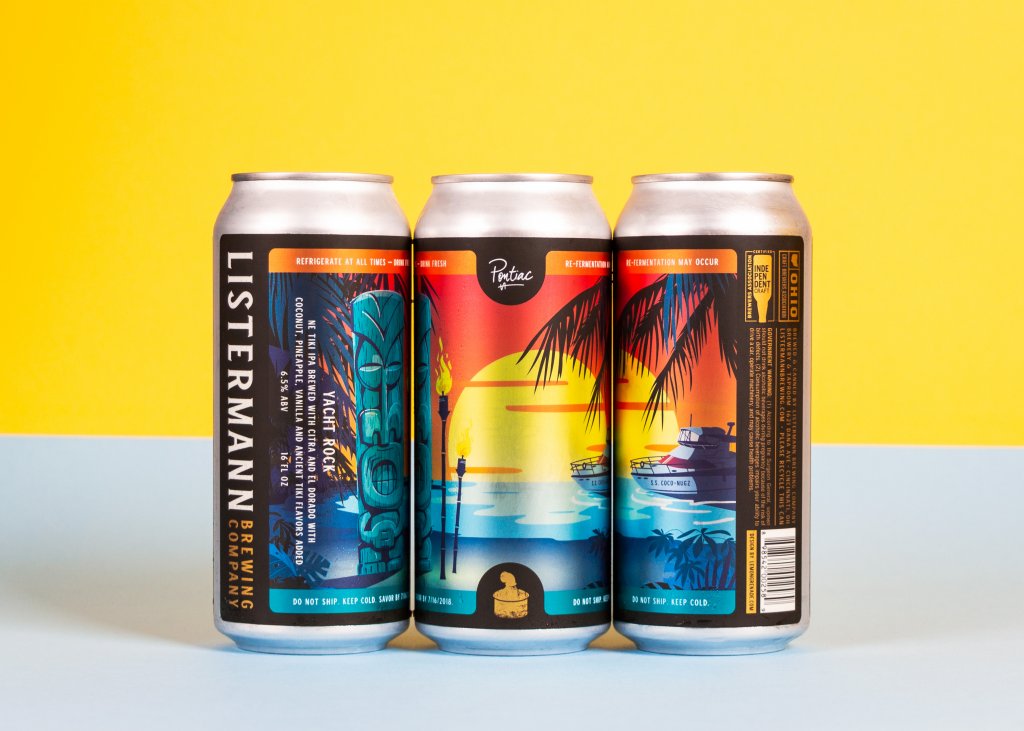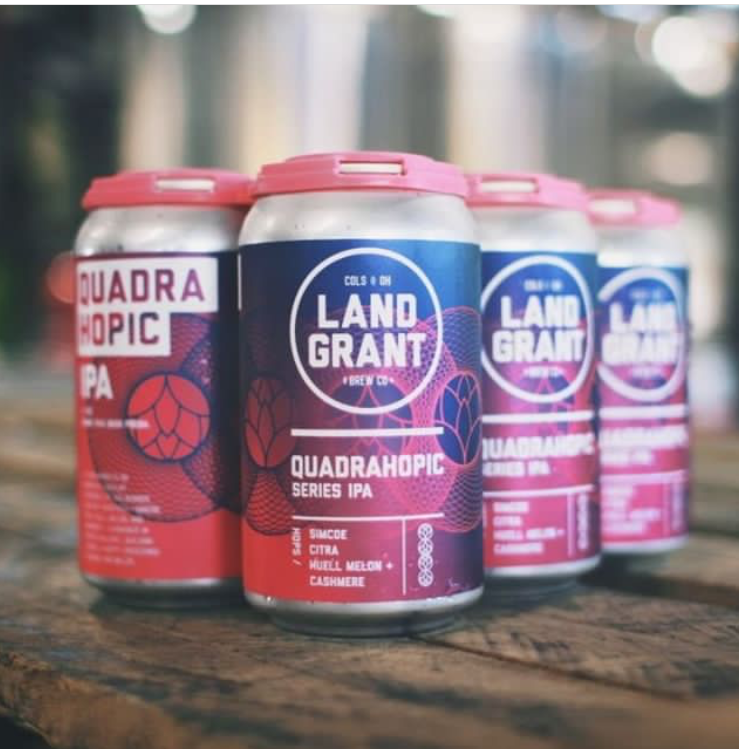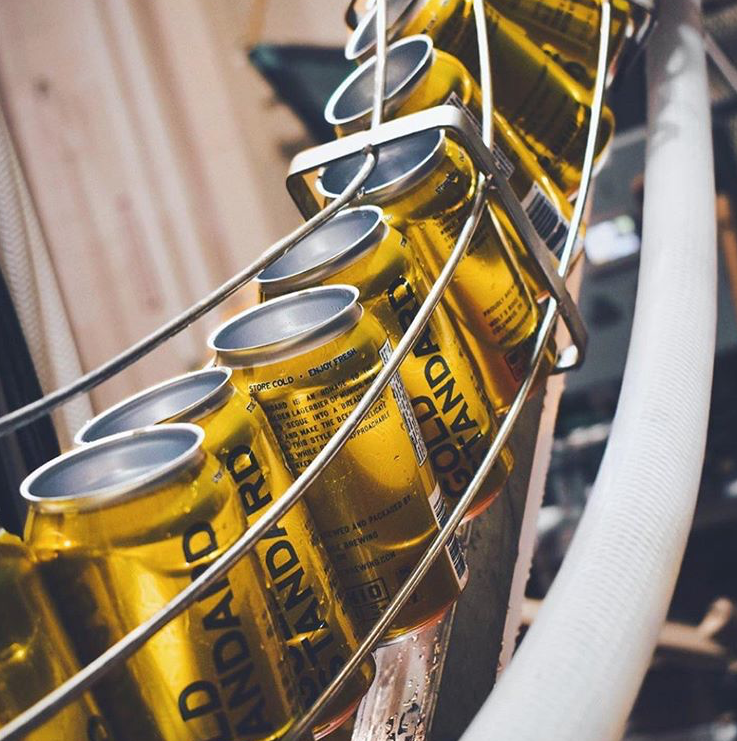Beer Can Shortage: Why It Happened and Potential Options for Breweries
Why is There a Beer Can Shortage?
To start, aluminum cans are now the preferred form of packaging for brewers. In the first 11 weeks of 2020, cans contained 60 percent of all beer sold. Both consumers and producers show a strong preference to aluminum cans – and not just for beer. Soft drinks, seltzers, and other drinks have shifted to the same cylindrical metal containers, which thinned out the availability of certain cans.
Of course, that strain of can production was only intensified thanks to the COVID-19 pandemic. Once consumers were forced from bars and back into their homes, breweries needed to find new containers that were once meant for kegs. Can usage jumped to 67 percent from week 12 through 20 as a result. In addition, secondary can sources like Anheuser-Busch InBev subsidiary Metal Container Corporation stopped supplying smaller beer producers to focus on its parent company’s canning needs.
Unfortunately for breweries, there is no simple workaround to address the shortage. While major can manufacturers like Ball have added new production lines, the can shortage will likely persist throughout at least the rest of 2020.

3 Potential Solutions to Maximize Supplies During the Can Shortage
Unless you have the means to switch to bottles in the short term, you’ll need to find a way to better utilize the aluminum cans you can access. Long story short, you may need to find some creative solutions for your situation. Fortunately, the following options may help you alleviate some stress create by the can shortage.
Be flexible to different aluminum can sizes
While 12 oz. and 32 oz. cans may be your ideal sizes for beer cans, you may need to be more flexible during a shortage. Don’t be afraid to temporarily try out 25.4 oz. or 16 oz. cans for crowlers or other to-go beers. It may not be your ideal can sizes, but it’s better to be flexible with what you can get so that you can ensure your beers are available for sale.
Of course, you’ll need to check out your local laws to see how much flexibility they allow. Some states limit can sizes for beverages higher than a certain ABV. For example, some local laws may limit crowler sizes to 25.4 oz. and below, whereas others may require a single standard size. Alcohol regulations have changed drastically during the pandemic, so it’s best to reach out to your local guild for the latest updates in your state’s local laws.
Utilize unused screen-printed cans
An empty screen-printed can is an opportunity when you’re in a tight spot. While you may have planned to use those cans for one type of beer, relabeling them can allow you to address canning needs for your other offerings as well. This route can give you some freedom to pick and choose how to use screen-printed cans until you’re able to obtain additional packaging.
When relabeling screen-printed cans, it’s important to make sure that you cover up the proper parts of the screen printing. A half wrap label may leave a bar code, an outdated ABV, or some other detail exposed. A full beer can label or shrink sleeve will help you hide the old screen printing and showcase your desired branding and information.
Do what you can to prevent can waste
When supplies are limited, it’s crucial to try to get the most out of what you have. Label application issues can put a dent in your available supply if you’re not careful, so it’s best to take steps to limit potential problems in the future.
For example, certain applicating environments can lead to label failure. If you’re trying to sell a new sour beer, the acidity from the fruit in that beer can cause oxidation between aluminum can and certain label materials. You’ll want to work with your label printing company to identify any potential problem areas that can lead to avoidable waste, especially when supplies and funds are at a premium. This will not only help prevent potential issues for your can, but also save unnecessary label waste.

Stay Flexible with Digital Label Printing
As we mentioned before, there is no simple workaround to address the shortage. What you can do is be creative with the supplies you have and minimize potential waste. Fortunately, the right label printing company can help you stay flexible and maximize your available supply.
At Blue Label, we have the technology, equipment, and experts to help you properly adapt to your exact situation. Thanks to digital printing technology, we can quickly provide beer labels for various size cans when you need them. Our experts can also work with you to identify potential application issues and provide feedback to limit potential waste.
When situations change, our team is flexible enough to help you determine the best, most cost-effective labeling solution for your exact needs. Contact us today to talk about your next label order.

